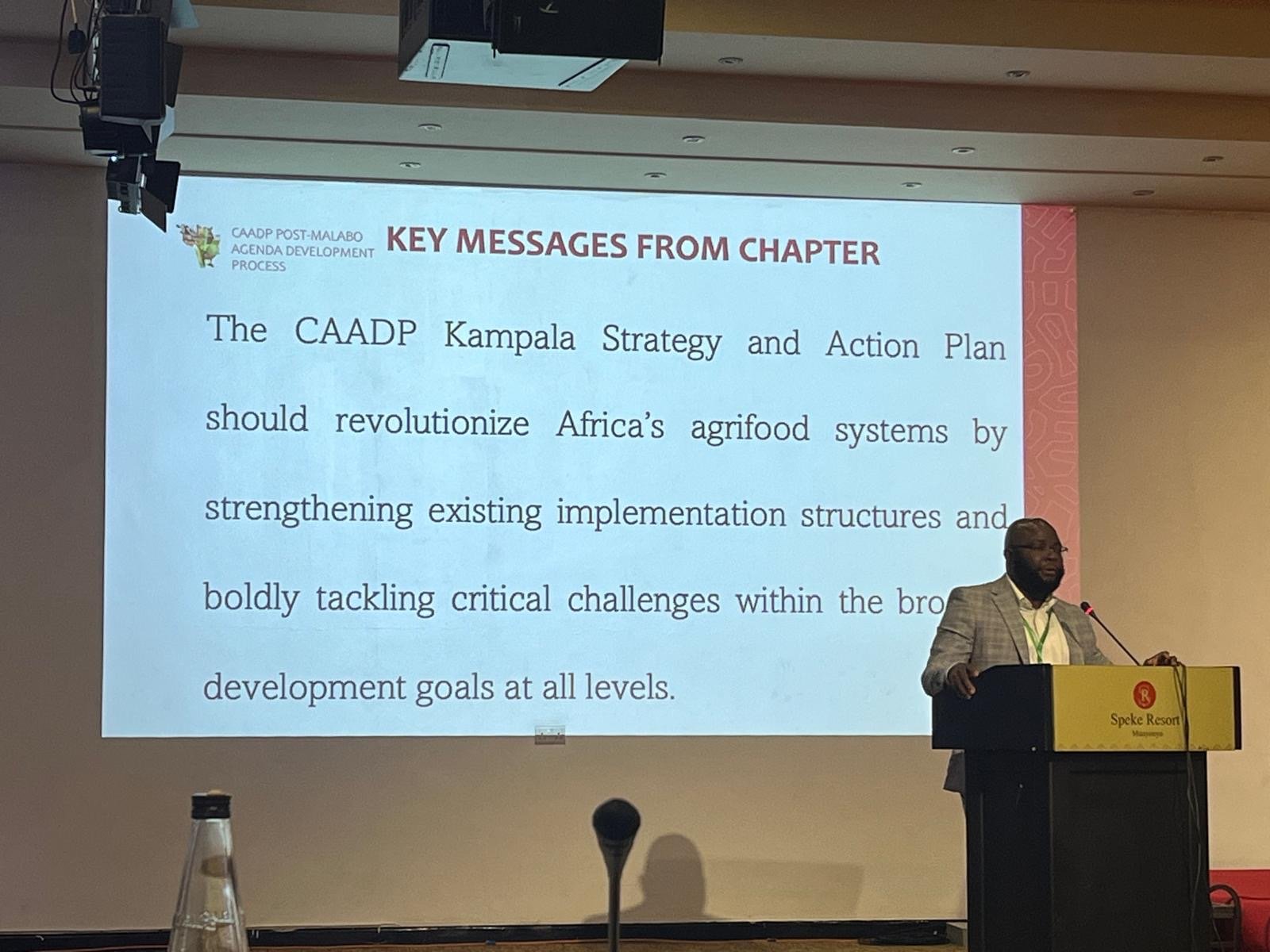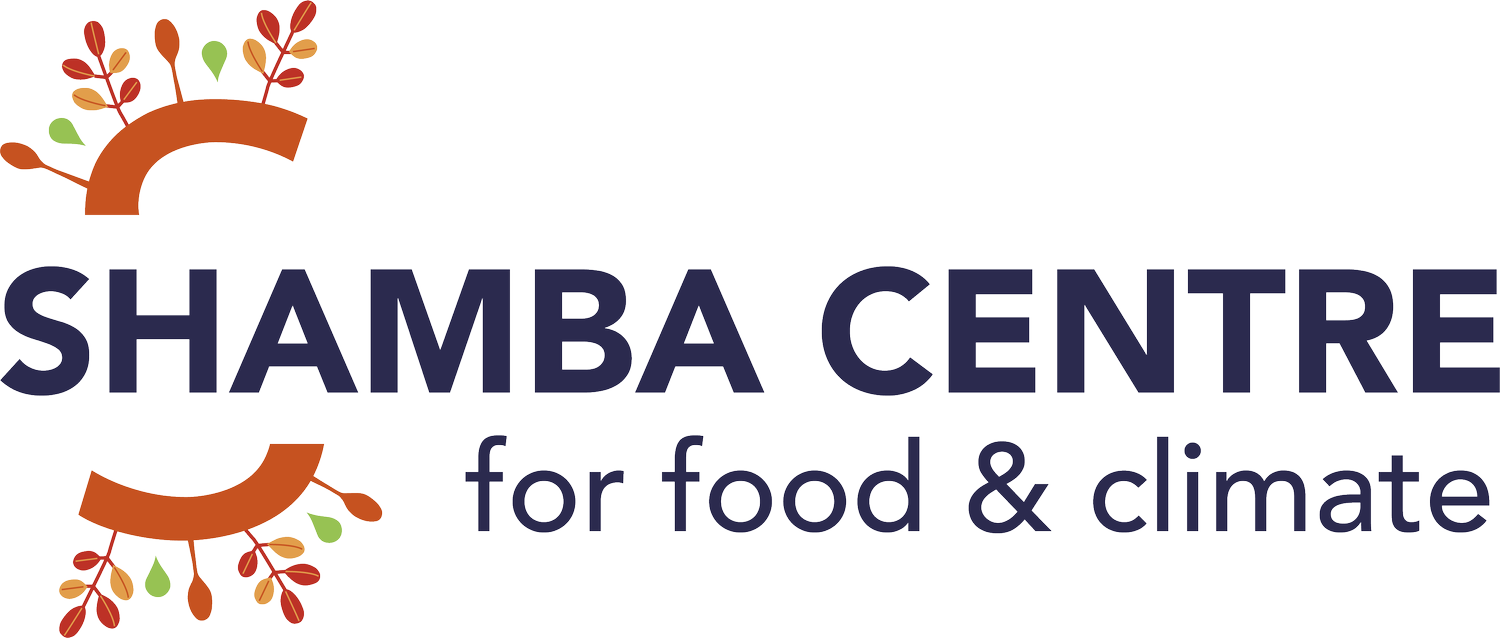
Understanding the CAADP Strategy and Action Plan for 2026-2035
23 August 2024 by Francine Picard, Director of Partnerships and Co-founder of the Shamba Centre for Food & Climate
In the last two decades, Africa has experienced significant economic and agricultural growth. The continent's Gross Domestic Product (GDP) doubled between 2000 and 2021, and its agricultural sector emerged as one of the fastest growing in the world. Yet, despite these advancements, challenges persist.
The difficulty in achieving the ambitious goals set out in the 2014 Malabo Declaration under the Comprehensive Africa Agriculture Development Programme (CAADP) demonstrates these challenges. The fourth biennial review revealed that no African Union member state was on track to achieve the CAADP's Malabo targets by 2025. However, 12 member states have consistently improved their performance across four review cycles. This provides valuable lessons for the development of the post-Malabo program.
A vision for the Kampala Declaration
CAADP’s long-term vision for the 2026-2035 period is to cultivate African agri-food systems that are sustainable, shock-resilient, and inclusive while ensuring economic prosperity, healthy food, and nutrition for all Africans. This vision aligns with Africa's Agenda 2063 and has been echoed in pan-African declarations, thus emphasizing a collective responsibility to realize this shared vision.
A major shift in the CAADP’s Kampala Declaration is the move from an agriculture-driven growth approach to a broader agri-food systems perspective. This strategic shift is based on a holistic understanding of the interplay between agriculture, nutrition, and economic development. It recognizes the need to integrate policies that address the trade-offs and linkages between sustainable practices, value chain complexities, and nutrition which is more critical than ever.
Pathways for change
The strategy and action plan outline clear pathways to transform African agri-food systems, focusing on sustainable food production, agro-industrialization, and trade. The plan emphasizes the need to enhance agricultural input systems, improve access to quality seeds, animal feed, and fertilizers, and promote sustainable growth through industrialization.
To tackle the dual challenges of malnutrition and food insecurity, the strategy calls for increased access to land for women, youth, and marginalized groups, alongside diversifying income sources and promoting sustainable natural resource management and social protection.
Focusing on qualitative investment and financing
The financial inflows to agriculture have traditionally been underfunded. Thus, the investment and financing strategies under the CAADP for the next decade are about significantly enhancing the financial landscape of agriculture in Africa. This involves not only increasing the quantity of financial resources but also improving the quality of investments and ensuring that these financial flows are effectively utilized to generate sustainable agricultural growth and development. It also introduces innovative financing models, such as blended finance and agricultural bonds, to attract and secure additional funding for sustainable development and tackling the climate fund.
The successful implementation of these investment and financing strategies requires effective coordination among governments, regional bodies, financial institutions, and the private sector. The emphasis is on creating enabling environments that encourage investment, streamline processes, and provide the necessary safeguards to both attract and protect both public and private finances.
The future calls for overcoming emerging challenges
The ongoing crises - such as the aftermath of the COVID-19 pandemic, conflicts, and global economic pressures -highlight the need for a renewed program beyond 2025 to address emerging challenges, including climate change. The 2025 Kampala summit to adopt the post-Malabo CAADP Declaration will be pivotal in redefining pathways to achieve food security, nutritional health, and economic prosperity across Africa
